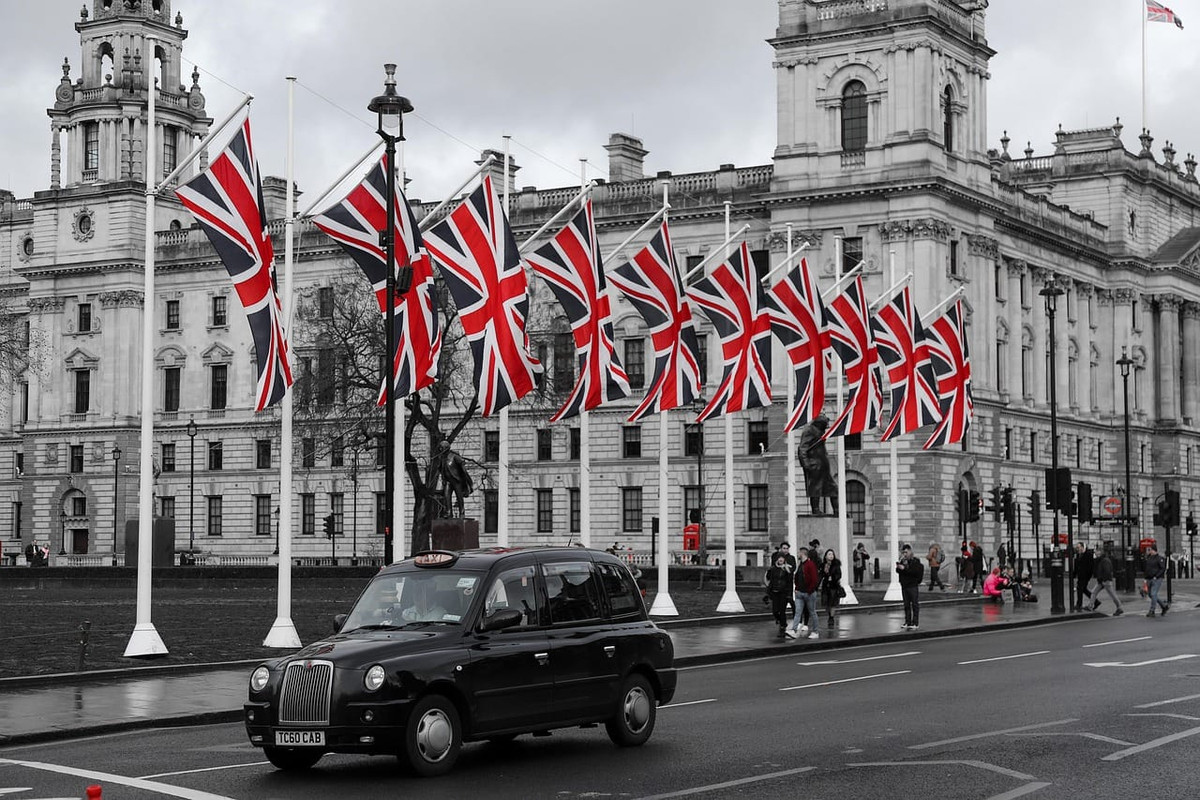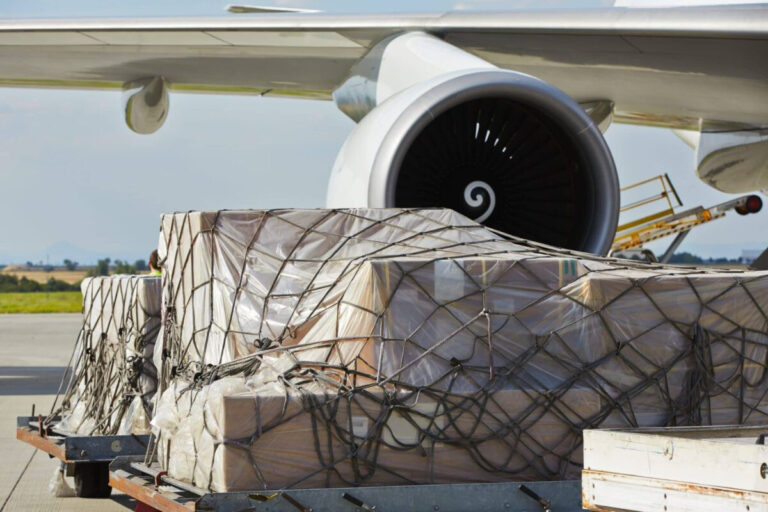
CFLHeathrow Airport’s only courier delivery company has announced it is introducing a new system, the Automated Import Manifestation System (AIMS), designed to help Border Force better target suspicious incoming parcels for inspection.
The new system will automate and simplify the process of exchanging declaration information with Border Force and other parties, including HMRC, and will mean less disruption and more consistent collection times for CFL customers.
CFL CEO Matthew Weir said; “The safety and security of all goods moving via the CFL is crucial, and as such we are working with our partners and Border Force to design and implement this new system.
“The scale of our operations means we have to have greatly improved systems and processes.
“AIMS is an effective anti-smuggling network, helping to stop suspicious parcels at the border. It will work alongside our existing systems and processes to create a safer environment for incoming courier product.”
Heathrow handles almost three-quarters of all air freight in the UK, with an annual value of more than £200 billion. CFL handles express imports for 32 airlines, including the recently registered Thai Airways.
Today there are many systems to manage the complex management of import and export operations.
Community Network Services (CNS), which developed the innovative risk technology behind AIMS, enables information sharing between Border Force, HMRC, airlines, postal companies and other airport-based bodies.
“The AIMS technology builds on our CARGOES Customs product, which helps customs authorities and other stakeholders, including CFL, improve efficiency and security by automating clearance processes, reducing manual intervention, and enabling data- Directed decision making.”
The Customs Declaration Service (CDS) is the UK Government’s digital platform for managing customs declarations for all goods being imported and exported.
It supports UK international trade by making the overall customs clearance process more efficient and transparent, including compliance with customs declarations and the calculation and collection of duties and taxes.
The Border Inspection Revenue and Digital Services (BIRDS) aims to manage and support customs processes and procedures, such as Low Value Customs Clearance (LVBC), which simplifies the import of low value goods.
BIRDS ensures that goods cleared under LVBC comply with the relevant regulations, and with the accurate calculation and collection of duties and taxes.
AIMS uses declaration information, provided by importers and shared with Border Force and CFL, to calculate the risk factor for all individual parcels in incoming shipments, so that only those assessed as suspicious are investigated.
This means Border Force can be more targeted in its inspections, reducing disruption and enabling a more consistent service to CFL customers.
Matthew Weir added; “The feedback so far from trials of the system is very encouraging.
“We intend to officially launch AIMS in the first week of November, with the aim of having 80% of our turnover under control by the end of the first quarter of next year.”
The CFL is working on its long-term strategy to create stronger relationships with regions outside the EU. The two recent announcements, a major new deal with Thai Airways and a three-year extension of its contract with Etihad Airways, are expected to see more trade from Asia and the Middle East.
In addition, the company has ambitions to expand its business to include the United States.
Ware noted. “Building stronger relationships with countries in areas of significant economic growth opens up opportunities for UK businesses to trade globally, as well as providing faster access to UK markets for imported goods.
“But with that comes the need for stricter oversight of the safety and security of those goods.
“This is what AIMS delivers, helping the border force be more efficient in targeting suspicious activity.”
The CFL was created forty years ago when Heathrow Airport became the world’s number one long-haul airport.
The growth of the on-board courier product, which allowed unaccompanied parcels to travel in the hold as unaccompanied baggage, placed significant pressure on passenger terminals.
As a result, Heathrow looked to move the courier product out of the passenger terminals and the industry created the CFL to manage this.


